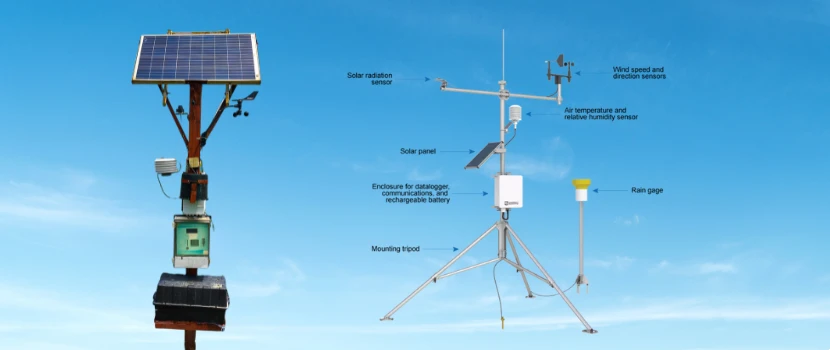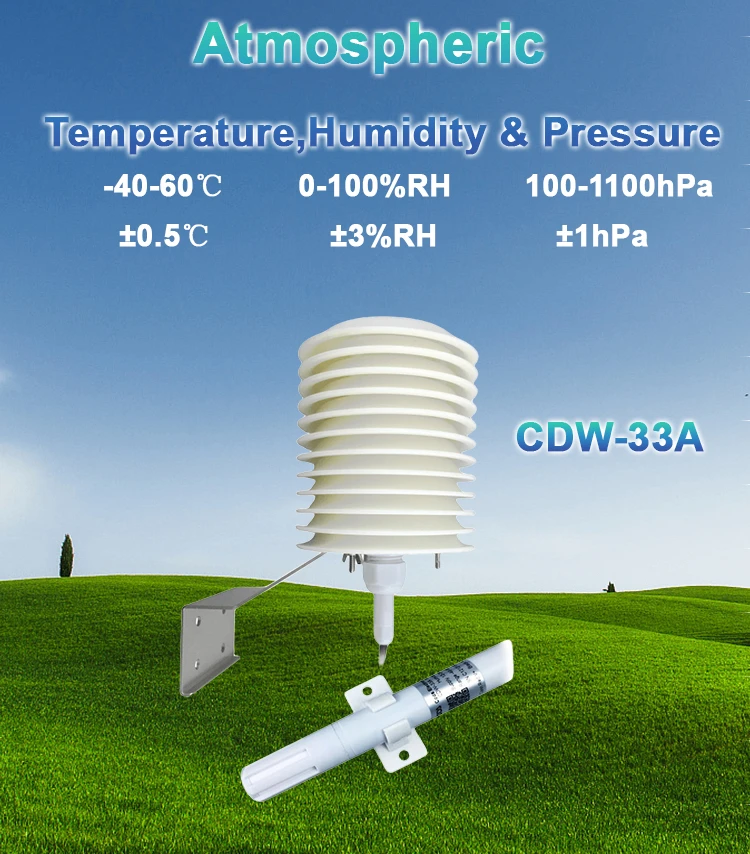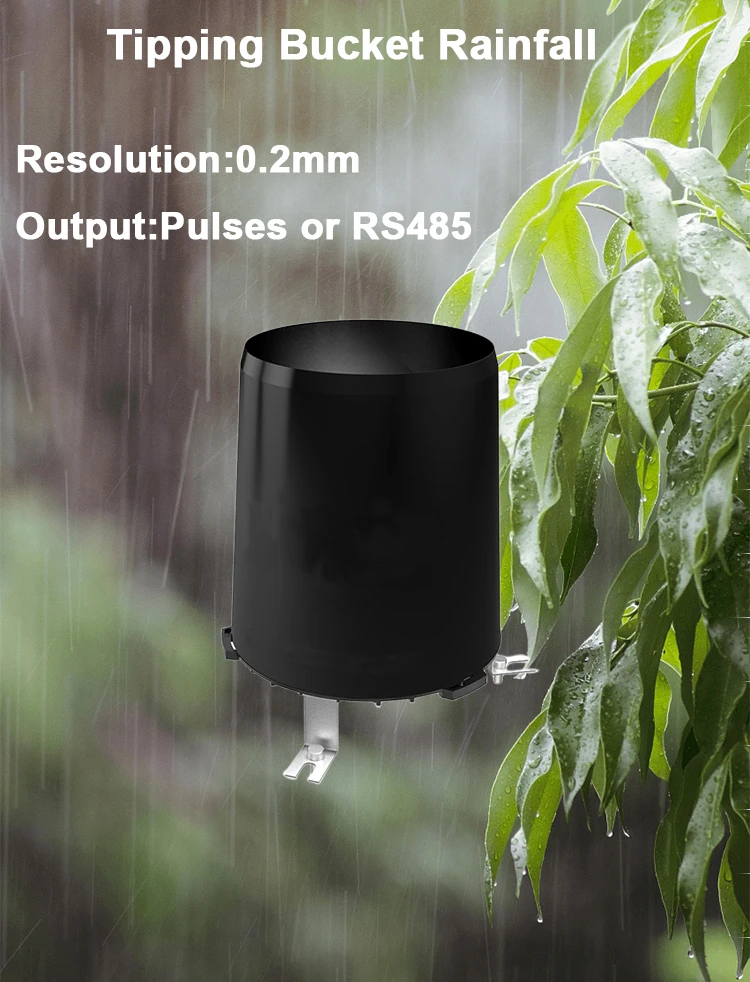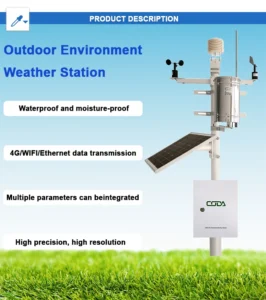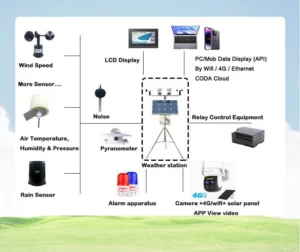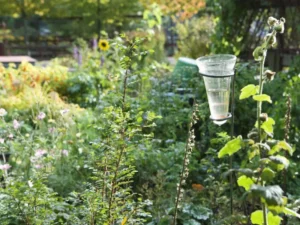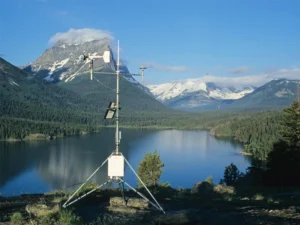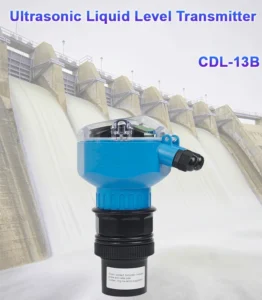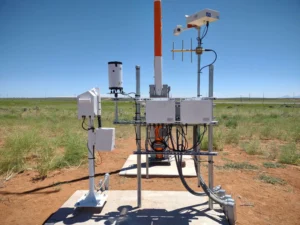Weather Equipment: tools meteorologists use
Introduction to Weather Equipment
Watching weather equipment patterns is more than a hobby. It is important for weather experts, storm chasers, and people who love the outdoors. Good weather predictions need special tools. These tools collect important weather data.
This article highlights the key equipment that every weather fan should think about. This includes tools such as thermometers and anemometers. These tools can help you stay informed and prepared for any changes in the weather.
1. Thermometers: Measuring Temperature
Temperature is a key part of weather observation. This is why thermometers are very useful. These tools measure air temperature accurately.
Traditional mercury thermometers were used a lot in the past. Now, digital thermometers are more popular. They are quicker and more precise.
Many thermometers can store high and low temperatures for the day. If you want to track the weather, pick thermometers that measure a wide range.
Look for ones that range from -40 to 120 degrees Celsius. This is the same as -40 to 248 degrees Fahrenheit. This will help you in extreme weather.
2. Barometers: measuring atmospheric pressure
Barometers are useful tools that measure changes in barometric pressure. This helps us weather forecasts the weather for the short term. A quick drop in air pressure usually means a storm or weather front is on the way.
Barometers come in different designs. These include traditional mercury models, aneroid barometers, and modern digital versions. Weather enthusiasts like digital barometers because they are small and easy to use. They often have clear screens and extra features, like measuring altitude.
3. Anemometers: Gauging Wind Speed and Direction
Wind speed and direction have a big impact on weather instruments analysis. Anemometers are tools that measure both accurately. Traditional cup anemometers measure wind speed by counting how many times they spin in the wind.
Wind vanes are used to measure wind direction. Advanced digital anemometers use sound waves or lasers to measure how fast the wind blows. They give very accurate readings right away.
Many also have features like calculating wind chill. This shows how wind speed affects how cold it feels. This is important for outdoor activities.
4. Rain Gauges: Measuring Precipitation
Measures the amount of rainfall is an important part of tracking the weather. Rain gauges make this job easy. They collect data on how much rain falls over time. This helps us learn about local weather patterns.
Basic models use a simple graduated cylinder or tube. They collect and measure rainwater by hand. For more convenience, digital rain gauges give automated readings and can store gather data period of time.
High-tech versions can connect to online platforms or weather satellites stations. This lets you get real-time updates and easily integrate data.
5. Weather Stations: Comprehensive Meteorological Data
For fans looking for a complete solution,professional weather stations combine many sensors into one system. This gives a lot of weather information.
A typical setup checks temperature, humidity, air pressure, wind speed, and direction, as well as rainfall. Some advanced models measure solar radiation.
They also track UV index levels. Many modern weather stations connect wirelessly to smartphones or computers. This feature allows users to get live data and set alerts for specific weather events.
6. Lightning Detectors: Ensuring Safety in Stormy Weather
Lightning detection devices look for electrical activity in the air. They help keep national weather service safe when storms happen. These tools find changes in the electromagnetic field caused by lightning strikes.
They give early warnings using sounds, lights, or smartphone alerts. Lightning detectors help check risks during storms. They should not take the place of other safety measures, but they help with being prepared.
In summary, weather fans use special tools to learn about weather factors. Buying tools like thermometers, barometers, anemometers, rain gauges, and weather stations helps them stay informed.
This way, they can prepare for any changes in the weather. To track local weather or work in meteorology, you need the right tools. These tools make it easier for you to understand and predict the weather. In the end, knowing about weather and being prepared are important for enjoying it.
